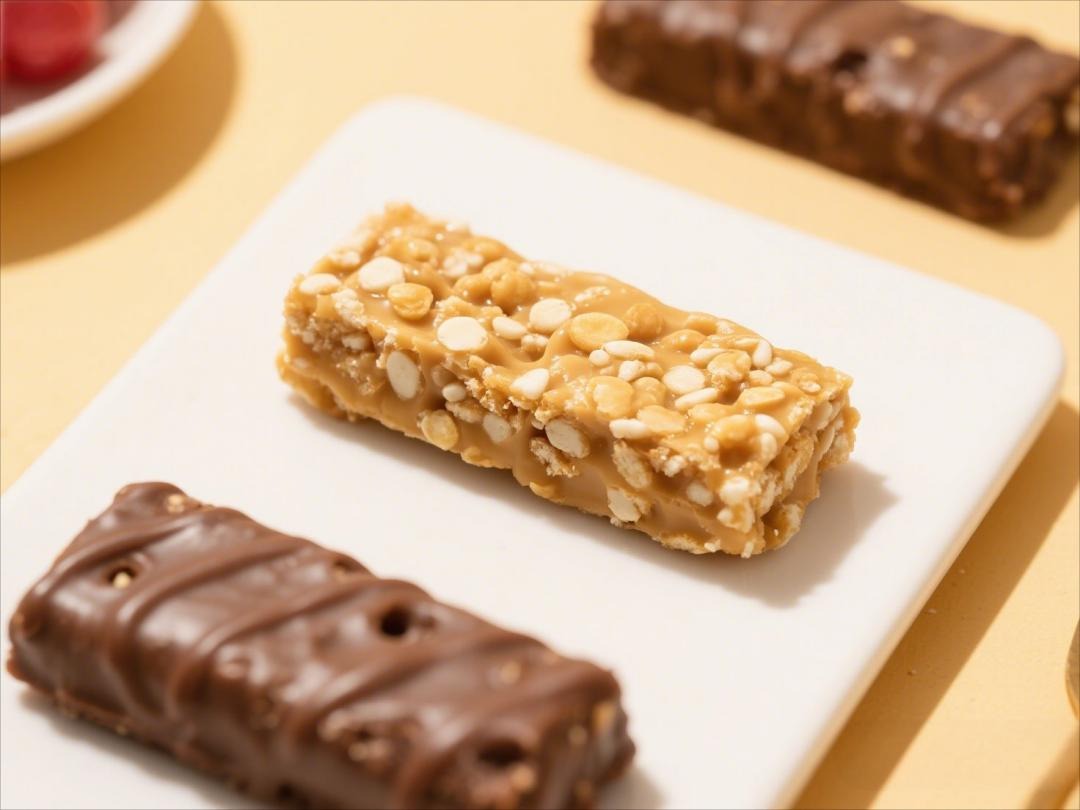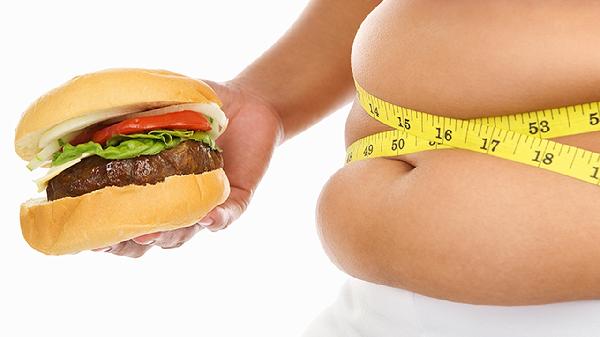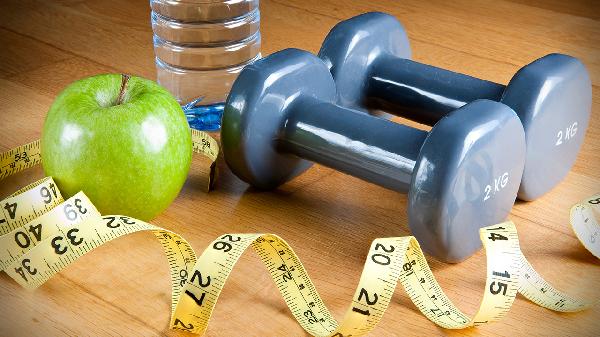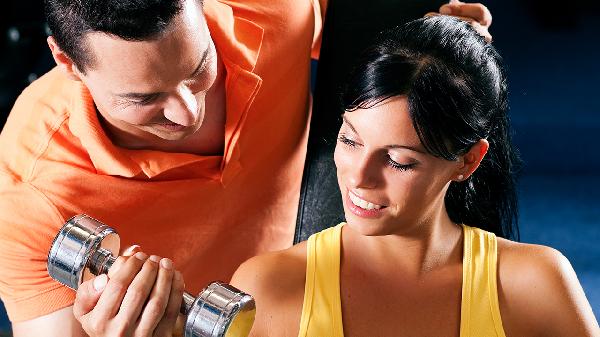Deadlifting wrong can mess up your back faster than you can say "herniated disc." But don’t sweat it—most mistakes are easy to fix once you know what to look for. Whether you’re a gym newbie or a seasoned lifter, nailing your form is the difference between building a bulletproof back and ending up in physical therapy. Let’s break down the five most common deadlift blunders and how to correct them so you can lift heavier, safer, and with way more confidence.
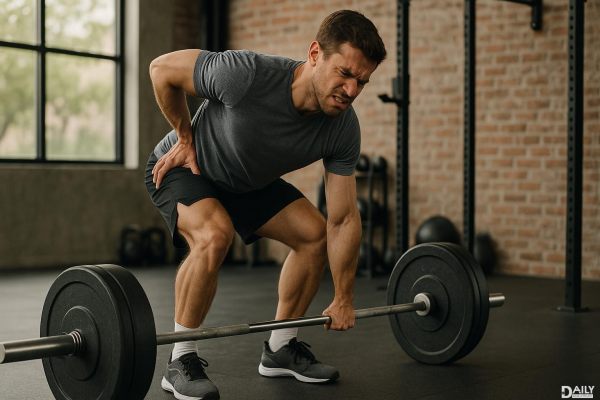
This is the big one—the mistake that sends people straight to the chiropractor. When your spine curves into a C-shape during the lift, you’re putting insane pressure on your discs. Instead, think about keeping your chest up and shoulders back like you’re trying to show off your gym logo. Engage your lats by imagining you’re squeezing oranges in your armpits. A neutral spine isn’t just safer; it turns your torso into a solid pillar of power. Pro tip: Film yourself from the side or ask a trainer to watch—sometimes what feels straight isn’t actually straight.
Ever see someone do that awkward forward shuffle before pulling? That’s usually because they started with the bar too far forward. Here’s the sweet spot: when you set up, the bar should be over the middle of your foot (not your toes), about an inch from your shins. This puts your hips in the optimal power position. Test it by dropping your shins to the bar without moving it—if you have to roll the bar toward you to make contact, your setup needs work. Proper starting position means you’re lifting with your legs and hips, not just yanking with your lower back.
That sudden explosive pull might look cool, but it’s a one-way ticket to Snap City. Instead of yanking, think about “pushing the floor away” with your legs while maintaining tension in your hamstrings and glutes. The initial movement should feel controlled, like you’re slowly building pressure before takeoff. Many lifters find it helpful to take a big breath and brace their core (like you’re about to get punched in the gut) before initiating the pull. Smooth is strong—the bar should accelerate as it passes your knees, not at the start.
Leaning back at the top of your deadlift like you’re in a limbo contest doesn’t make the rep count more—it just crushes your lumbar spine. Lockout means standing tall with shoulders back and hips fully extended, not arching backward. Squeeze your glutes hard at the top (imagine you’re trying to crack a walnut between your cheeks—seriously). If you find yourself overextending, try this cue: “Stand up tall like someone’s pulling a string from the top of your head.” Your finish position should feel strong and stable, not like you’re about to topple over.
We get it—heavy deadlifts are exhausting. But letting the bar free-fall from the top is a missed opportunity for strength gains and a potential hazard. The eccentric (lowering) phase is where a ton of muscle building happens. Control the descent by hinging at your hips first, then bending your knees once the bar passes them. Think “slow on the way down, fast on the way up.” Bonus: Controlled negatives teach your body how to properly sequence the movement, which translates to better form on your next pull. Save the dramatic drops for when you’re attempting a PR in front of your gym crush.
Deadlifting is one of the most rewarding lifts when done right—it builds total-body strength, improves posture, and makes everyday movements easier. But like any powerful tool, you’ve got to respect it. Film your sets, start lighter than you think you need to, and focus on perfecting these cues. Your future self (and your spine) will thank you when you’re still deadlifting pain-free decades from now. Now get out there and pull some weight—the right way.


